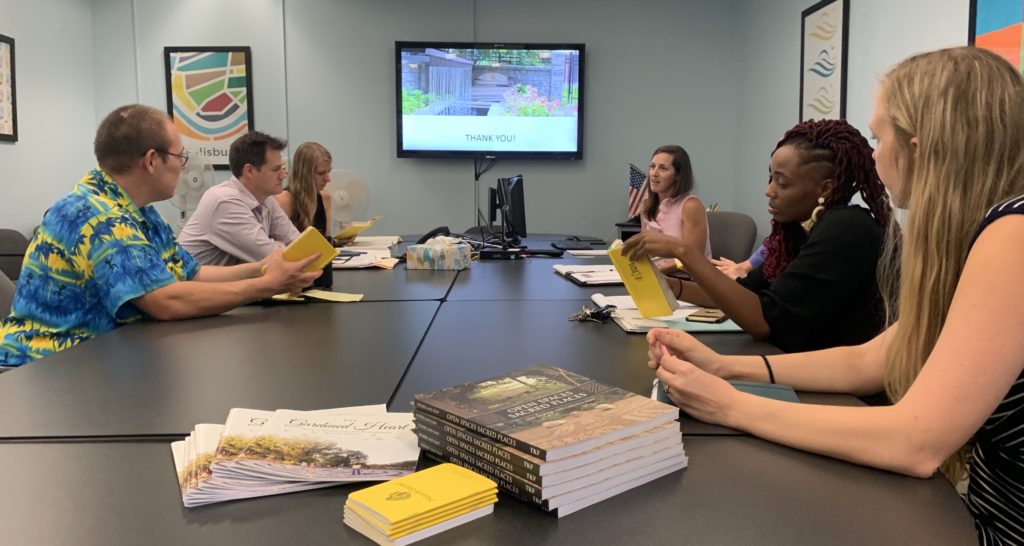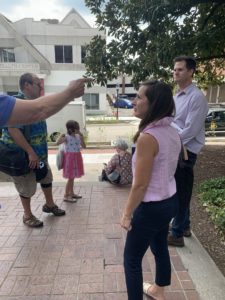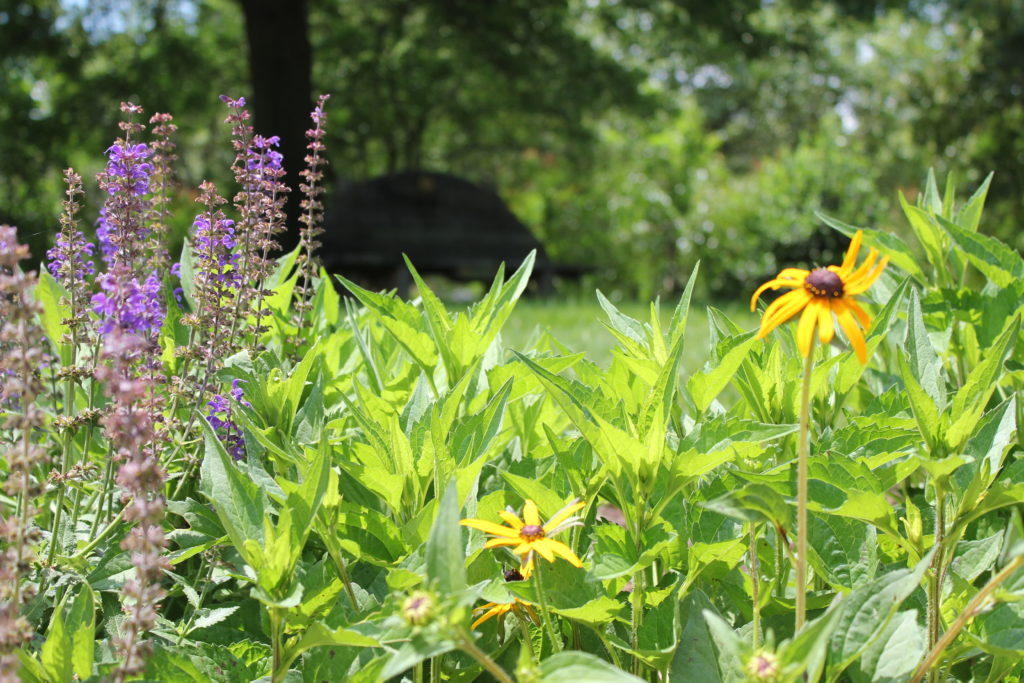Across the country, there’s a broad movement afoot—one that works to take a closer look at our history, specifically in the ways we understand and discuss the legacy of slavery. Bold stories are surfacing via historical-journalism, art, theater, and in our national discourse—helping to readdress historical narratives in the spirit of social reparation, making amends and fostering unity. Inspired by these efforts, many communities are exploring their past in creative ways.

A case in point: the city of Salisbury, Maryland.
Recently, County Councilman Josh Hastings reached out to Nature Sacred to discuss the possibility of transforming a public space—one that historically experienced a lot of turmoil—into a Sacred Place, in the name of restorative justice.
The Councilman, alongside James Yamakawa of the Wicomico Truth and Reconciliation Initiative, Amber Green of the Fenix Youth Project, Inc., the Lower Shore Land Trust, Interfaith Partners for the Chesapeake, Salisbury Mayor Jake Day and others, have started conversations as to ways to offer the Salisbury community a public green space for the purpose of healing. One that leverages a design that serves as a meaningful reflection of place and history—working to unify its community through shared understanding and common ground.
These efforts are not just about transforming public space into something better, but part of a larger statewide initiative recently put into motion—known as the Maryland Lynching Truth and Reconciliation Commission.
“People keep saying that the past is passed and we need to learn from history and not repeat it, but most people don’t know this history and more importantly they don’t understand what it means,” says Yamakawa in a recent ABC News story.
 To this end, we headed to Salisbury this week to share our model with the group, view the space and collaborate on ways to drive on these goals through a Sacred Place—through a community-led process, ensuring the design is intentional, impactful and inviting to anyone in the community.
To this end, we headed to Salisbury this week to share our model with the group, view the space and collaborate on ways to drive on these goals through a Sacred Place—through a community-led process, ensuring the design is intentional, impactful and inviting to anyone in the community.
“There’s a kind of magic that happens when community comes together to design a Sacred Place. When given the reigns to collaborate and envision, the outcome becomes truly unique, nuanced and powerfully significant to the people who live there,” quotes Erin Robertson, our executive director.
It’s still early, but Salisbury and Wicomico County have some wonderful community leaders that are dedicated to making their communities stronger. We’re excited to see what unfolds—and are deeply inspired by this movement to reconnect community with the past and with each other. Expect big things from the crossroads of Delmarva.

